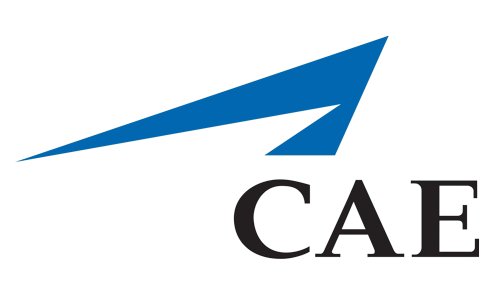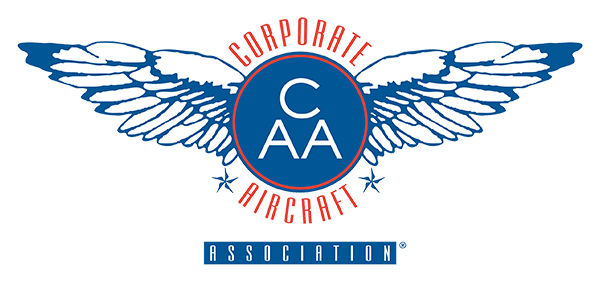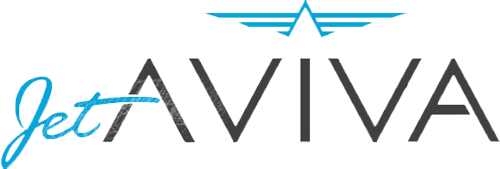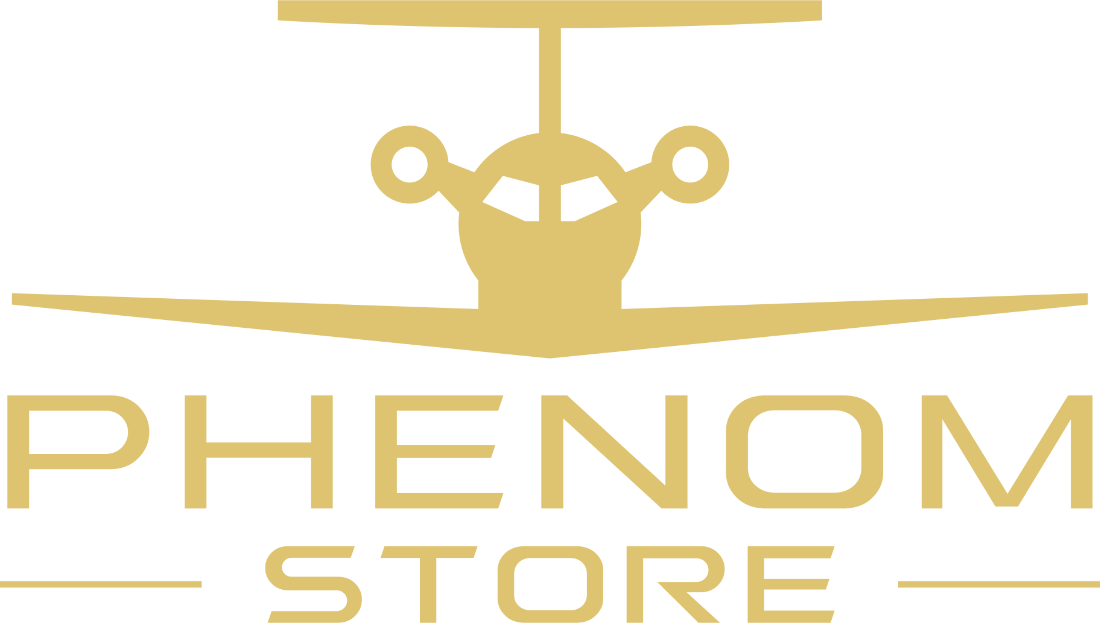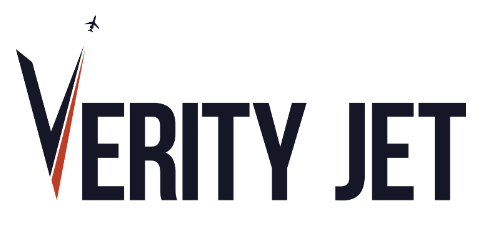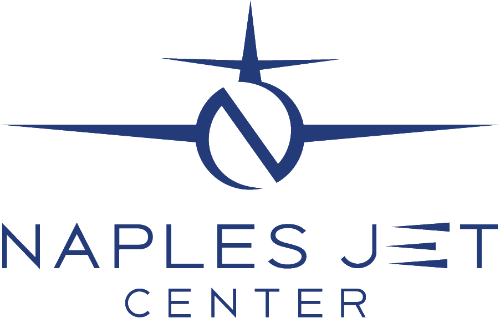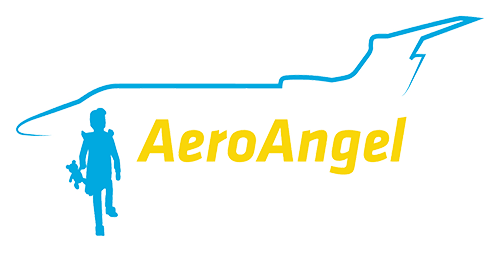Results 1 to 2 of 2
-
Username ProtectedMember
- Posts
- 59 Posts
- Thanked 29 times
- Other Services Provider
- Join Date
- Joined Oct 2020
10-14-2020, 09:40 AM #1
#1
Why a Maintenance Support Program?
What do aircraft owners get out of an airframe maintenance support program? Imagine purchasing all of your aircraft parts in new condition and nothing is repaired or reused after you purchase it. Or after you purchase it, install it and have the removed part repaired, you're stuck with it. You may never use it again or find a buyer for it. What if everyone stuck with these repaired parts could enter them into an exchange pool dedicated to its members; a Napster of aircraft parts. The more members sharing this inventory, the lower the cost of aircraft ownership.
Management of such exchange pools naturally fell to the airframers who originally carried the new parts. They would sell a new part, buy back a core, have it repaired and enter it into the exchange pool. To finance the exchange pool the airframer would create a payment plan for its members. Today, maintenance support programs have become nearly all inclusive by covering expendable (non-repairable) parts and optionally labor costs of scheduled and unscheduled maintenance, shipping of parts, mobile recovery team call-out charges and other options.
What's in it for the manufacturers? It is a means to win more sales of aircraft parts. Sales of new parts and used parts, nearly all parts. If the maintenance support agreement “option” box is checked to include labor coverage, all labor must be performed through its owned and partners' MROs. This enables the manufactures to control a majority of the parts in circulation and have more influence in product improvement affecting aircraft resale value and ultimately the value of new aircraft they produce.
If nearly everyone is buying parts from the same exchange pool, why is each maintenance support program priced differently? Before getting into the mechanics of it, the price has everything to do with age and hours on your aircraft. Most parts cost calculations are based on a Mean Time Before Removal(MTBR) divided by its cost, price or value. If a non-repairable part is priced at $5,000 and has a mfr's life expectancy of 8,000 hours, it will cost you $0.63 per Flight Hour (FH). After a history of some premature failures and longer than original life expectancy, a mature part will have a calculated MTBR divided by its cost, price or value resulting in a mature cost per hour. A repairable part complicates this formula further because it has an acquisition cost, multiple overhauls and repair costs over the course of its life that affect its MTBR and value. Multiply this formula over nearly all parts on an aircraft and you have an overall FH Rate. As an aircraft ages, it uses more parts and has heavier inspections.
If enrolling in a maintenance support program after 36 months and with 500 hours total time in service, you're often faced with a buy-in charge to get started. After 500 FHs of use, the example part is 500 hours into its 8,000 hour life, requiring some sort of a buy-in charge to maintain the $0.63 per hour rate thereafter. If your aircraft is 37 months into its inspection program and you have already paid for the 12, 24 & 36 Month Inspections, the maintenance support program's 5 year term will cover the 48, 60, 72, 84 & 96 Month Inspections. The first 36 months towards the 48 Month Inspection needs to fall into the buy-in charge with the parts costs. The remaining accrual of the 60, 72, 84 &96 Month Inspections need to be compressed into the 60 month term requiring an adjusted Monthly rate. Regardless of how you move the accrual around, it's a difficult conversation to have because you're either shocked by the buy-in charge or troubled by the FH &Monthly rates.
For 15 years, I was responsible for EEC(Embraer Executive Care) Sales in North, Central, South America and the Caribbean (excl Brazil) and saw it evolve over the years. Before the maintenance support program was named EEC, each quote was manually calculated. This gave me a profound knowledge of maintenance costs. About the time the first Phenoms came to the market, EEC pricing was standardized into tables based on windows of aircraft age and utilization. A low rate in the first 60 months, another rate in61 through 120 months and other pricing 121 months and on. If you enrolled in EEC at 36 months, you would be charged an “in warranty” rate until 60 months and then it would step-up from 61 months and on. In 2010, Embraer separated the charge per FH from calendar driven costs. Some parts, like fire extinguishers, are not affected by hours flown and fell into the new Monthly rate. Other parts like wheels, tires and brakes are most affected by cycles of use. JSSI (Jet Support Services, Inc.) split off a charge per Landing whereas EEC began using a Flight Hour to Flight Cycle factor table. If you operate outside of a nominal frequency your EEC price is surcharged or credited. In recent years, Embraer computerized the calculation of pricing. It balances a term starting in any month and expiring in any month and takes into account factors too complicated for manual calculations.
What can be done to reduce the cost of maintenance support program rates? The profit is in the parts, not the program. Some support programs are very transparent by showing you accrual vs costs in real time. They carry performance efficiency bonuses if you make efforts to keep your maintenance costs low, but will charge you upon expiration if the final balance is negative. Others are called guaranteed cost maintenance support programs, which do not offer the same level of transparency, don't offer performance efficiency bonuses, but don't charge upon expiration if the final balance is negative.
Why a maintenance support program? It makes your maintenance costs more predictable. It's not a means to reduce your costs but would challenge that it doesn't cost more. However, one size does not fit all. When I used to quote a maintenance support program, I always asked a lot of questions about your operations and shared experience. For someone who doesn't have the time, a turn-key maintenance support program works best. For others who prefer a more “hands-on” approach, the parts only program works. For those unsure or just want something like an extended warranty, there is an exchange pool type program. Please don't hesitate to contact me if the above touches on your question, but doesn't answer it and/or generates more questions than it answered.
Come visit us at https://bas-icare.com. We have an excellent knowledge of Embraer Executive Jets, their inspection programs, maintenance costs and offer a range of services. Most popular is we “Leave No Entitlement Behind.” If you were charged for a cost that you contend is covered by Warranty or an Embraer maintenance support program, send us the maintenance invoice and let us review it. Consider us for management of your aircraft and we will always have an eye on your maintenance costs.
- Quick Links
- New Posts
- Participated
- Subscribed
- Today's Posts
- Hot This Week


 Reply
Reply




